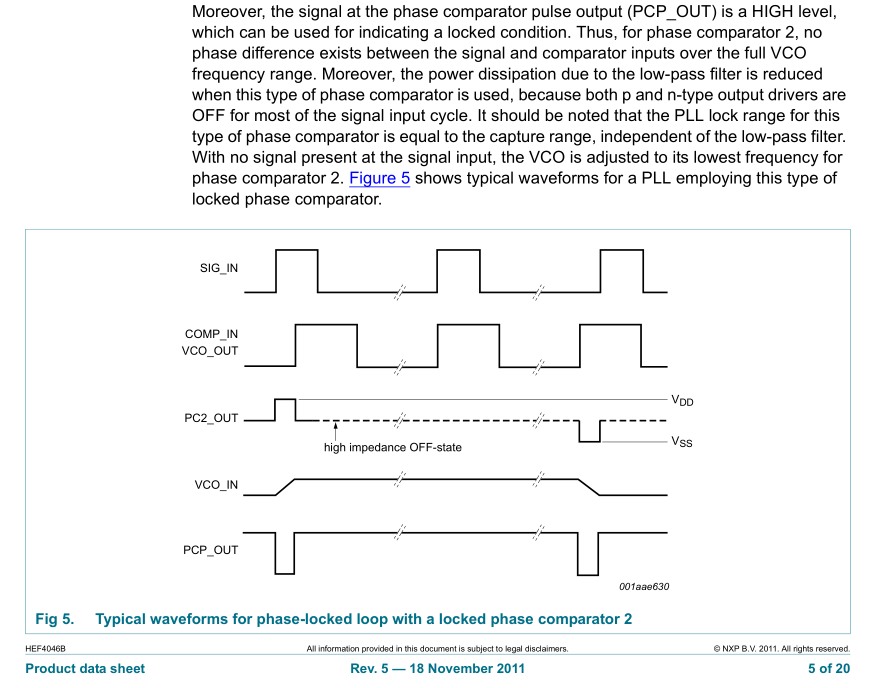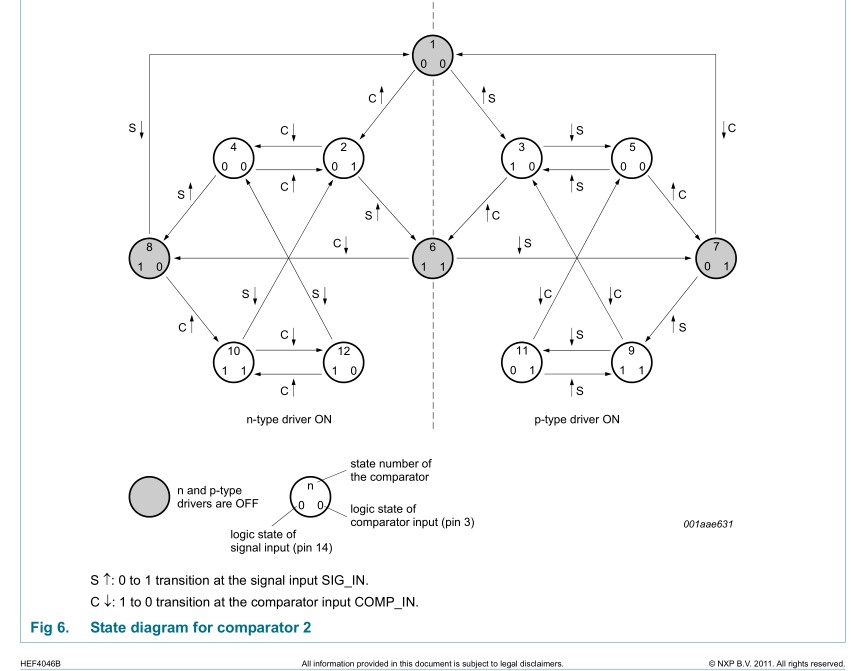Follow along with the video below to see how to install our site as a web app on your home screen.
Note: This feature may not be available in some browsers.
A flip flop cannot be triggered at both the positive edge and negative edgeBetter you start with your opinion, why do you think this code is might not synthesize?
I know it will not be syth for FPGAs, as FPGAs do not have flip-flops that can trigger on both edges of a clock.
But for ASICs I think design syth. could be possible. e.g. - We know that DDR memories work on both clock-edges.
always @ (posedge clk, negedge clk)always @ (edge clk)It's not synthesizable standalone in a module unless it's inside a procedural statement, i.e. always or initial.It's of course synthesizable. If you don't specify OUT to be initialized to 0 (e.g. by initial block or general synthesis constraints), the statement might be synthesized as constant 1.
Code Verilog - [expand]
Code Verilog - [expand]
Code Verilog - [expand]
I mean if this is synthesizableCode:always @ (posedge clk1) begin @ (posedge clk2) OUT=1; end

